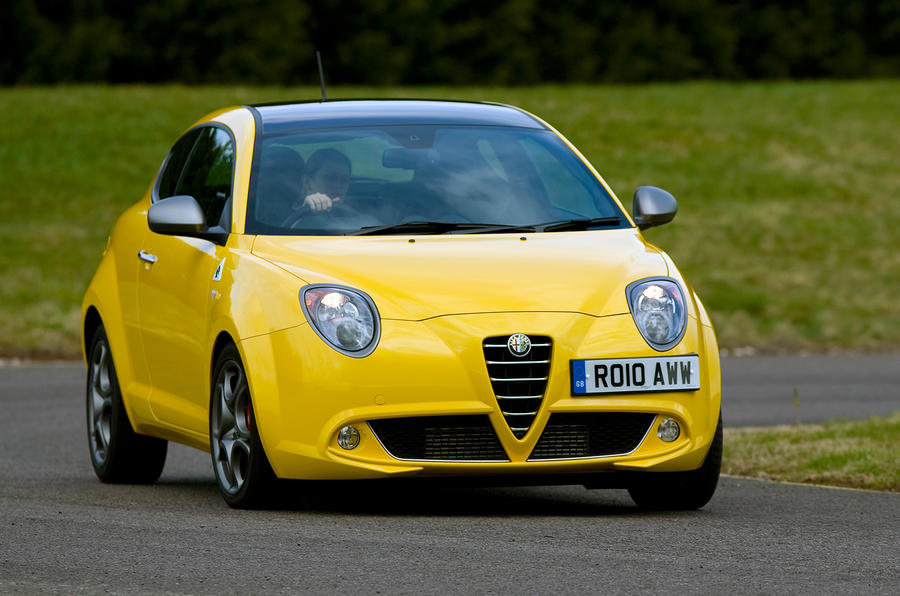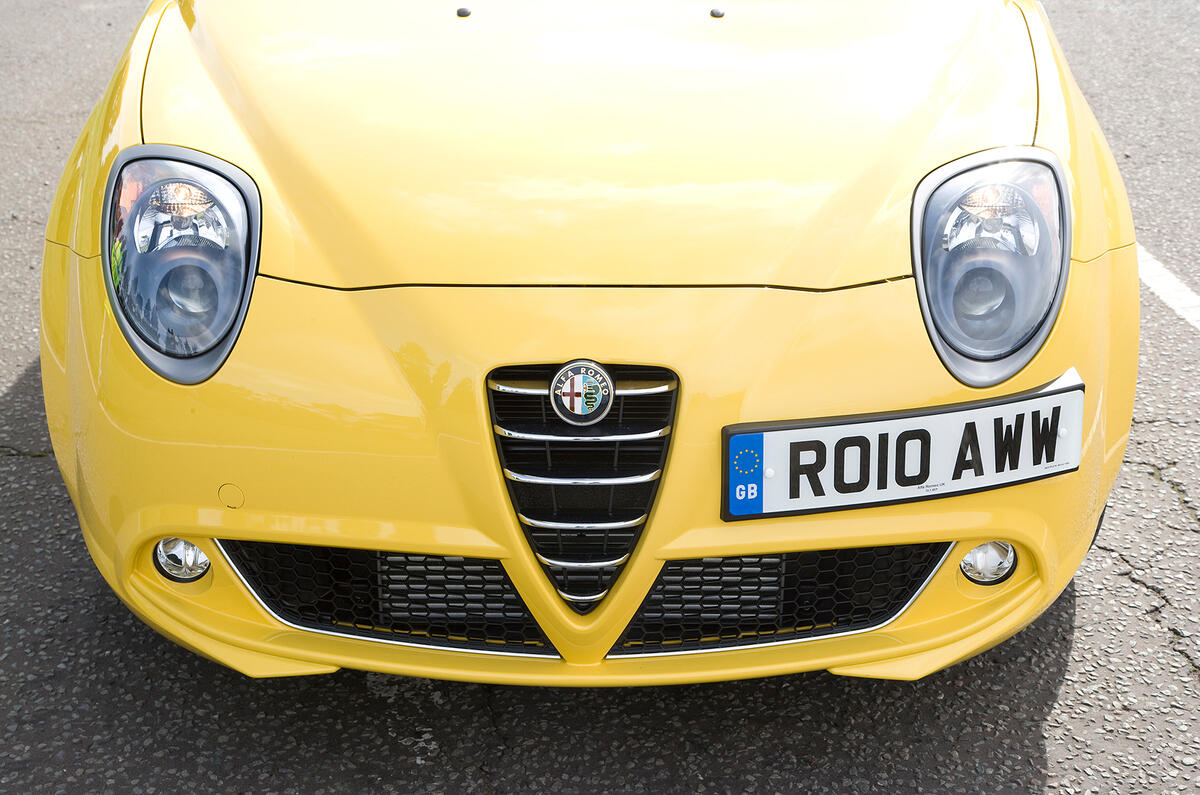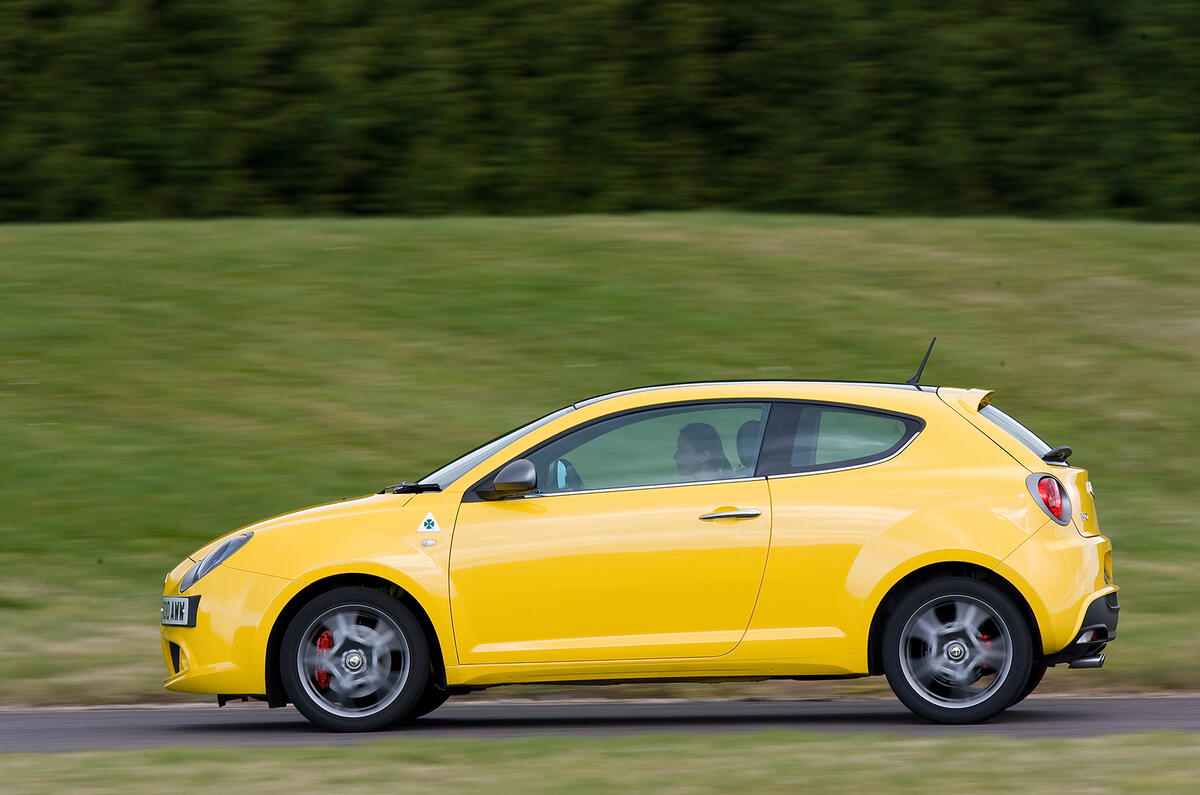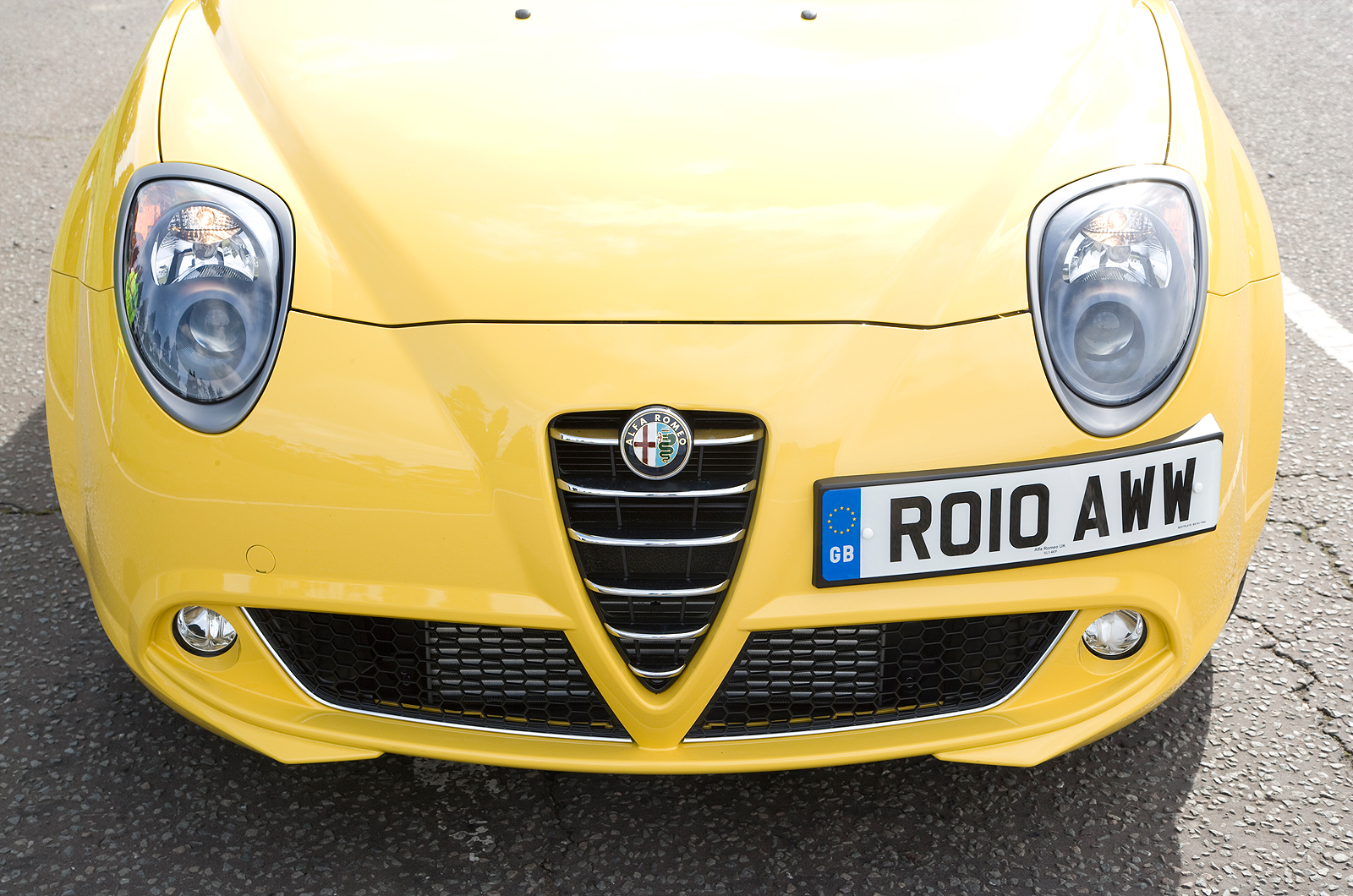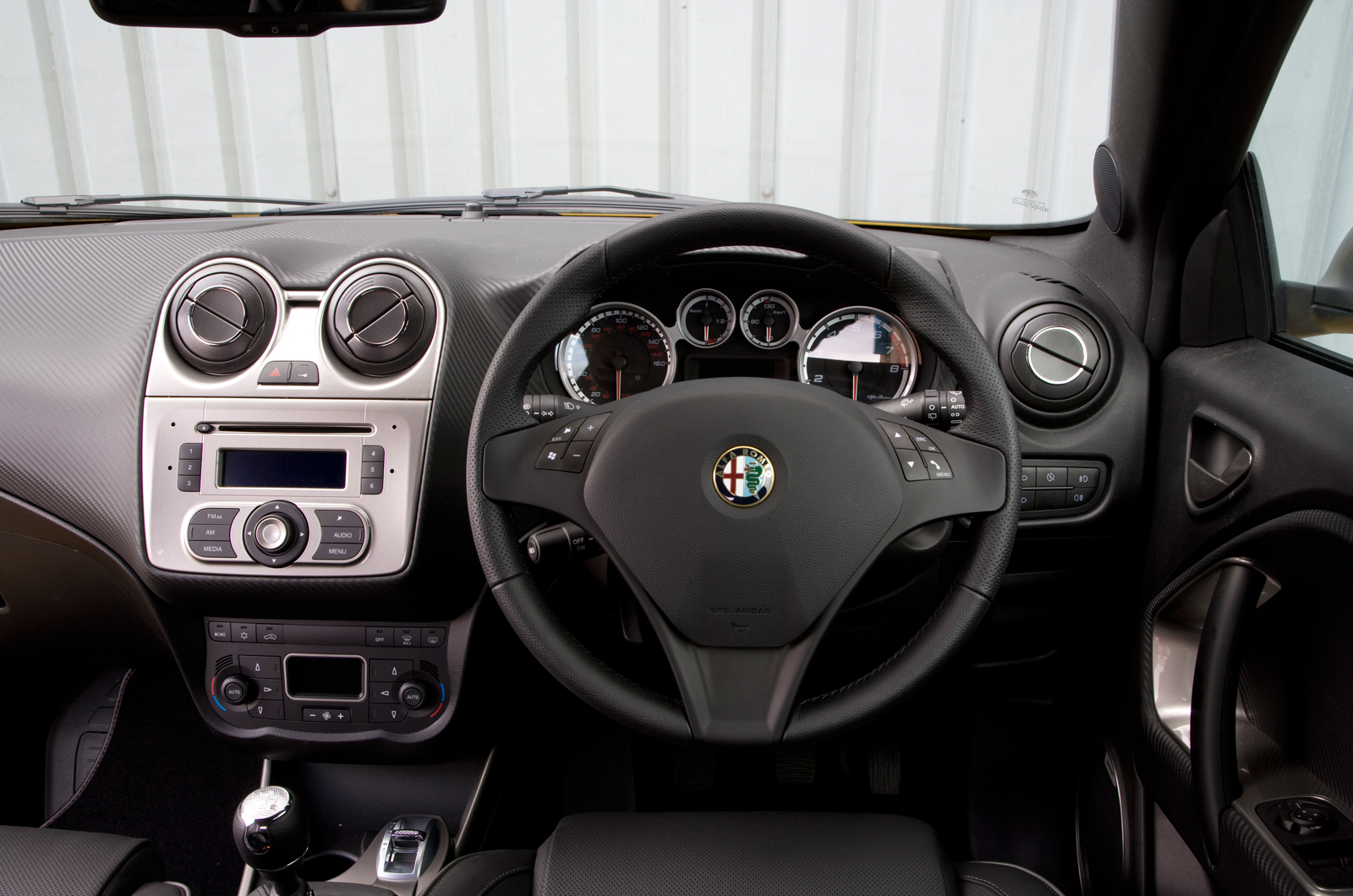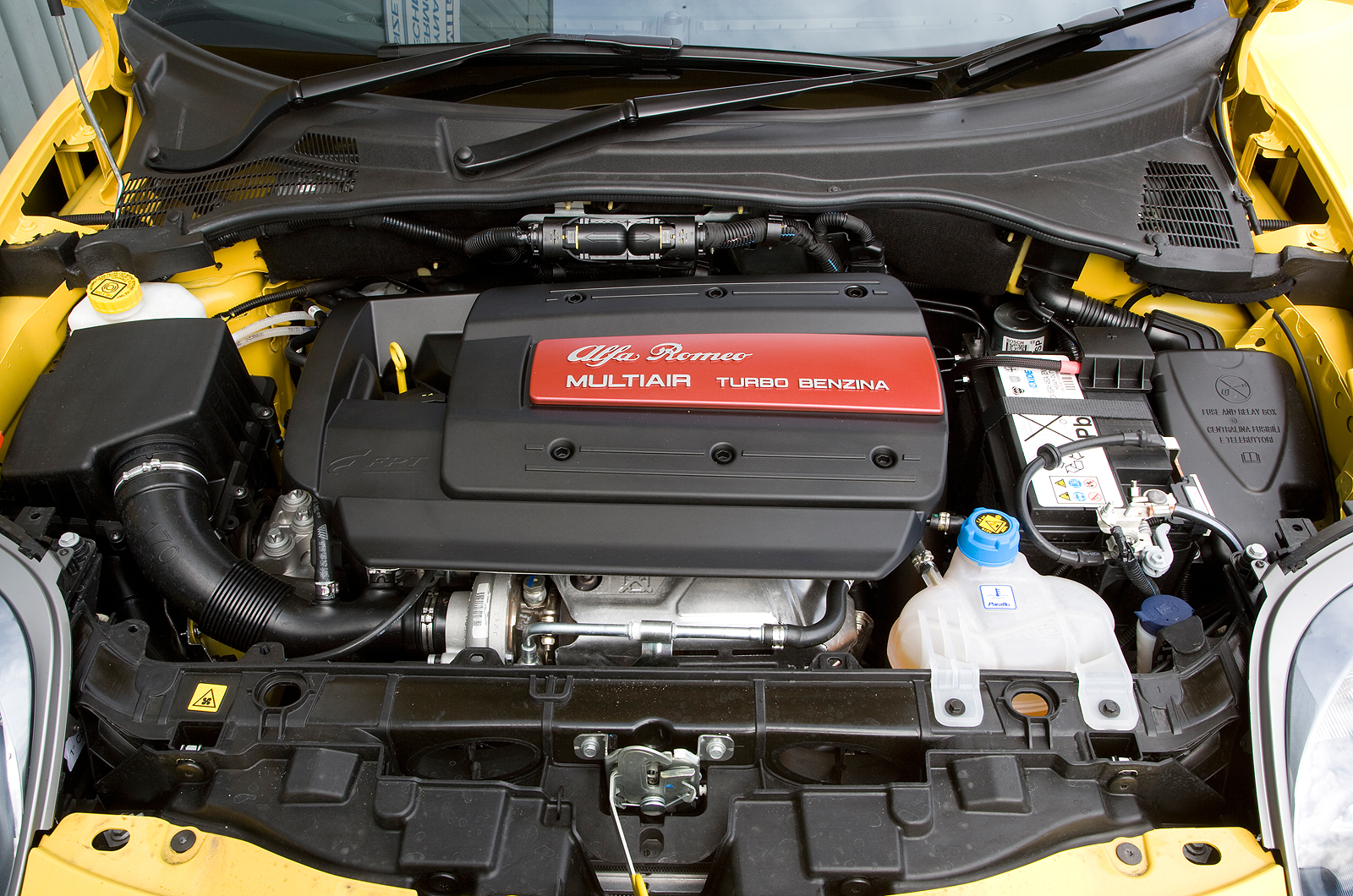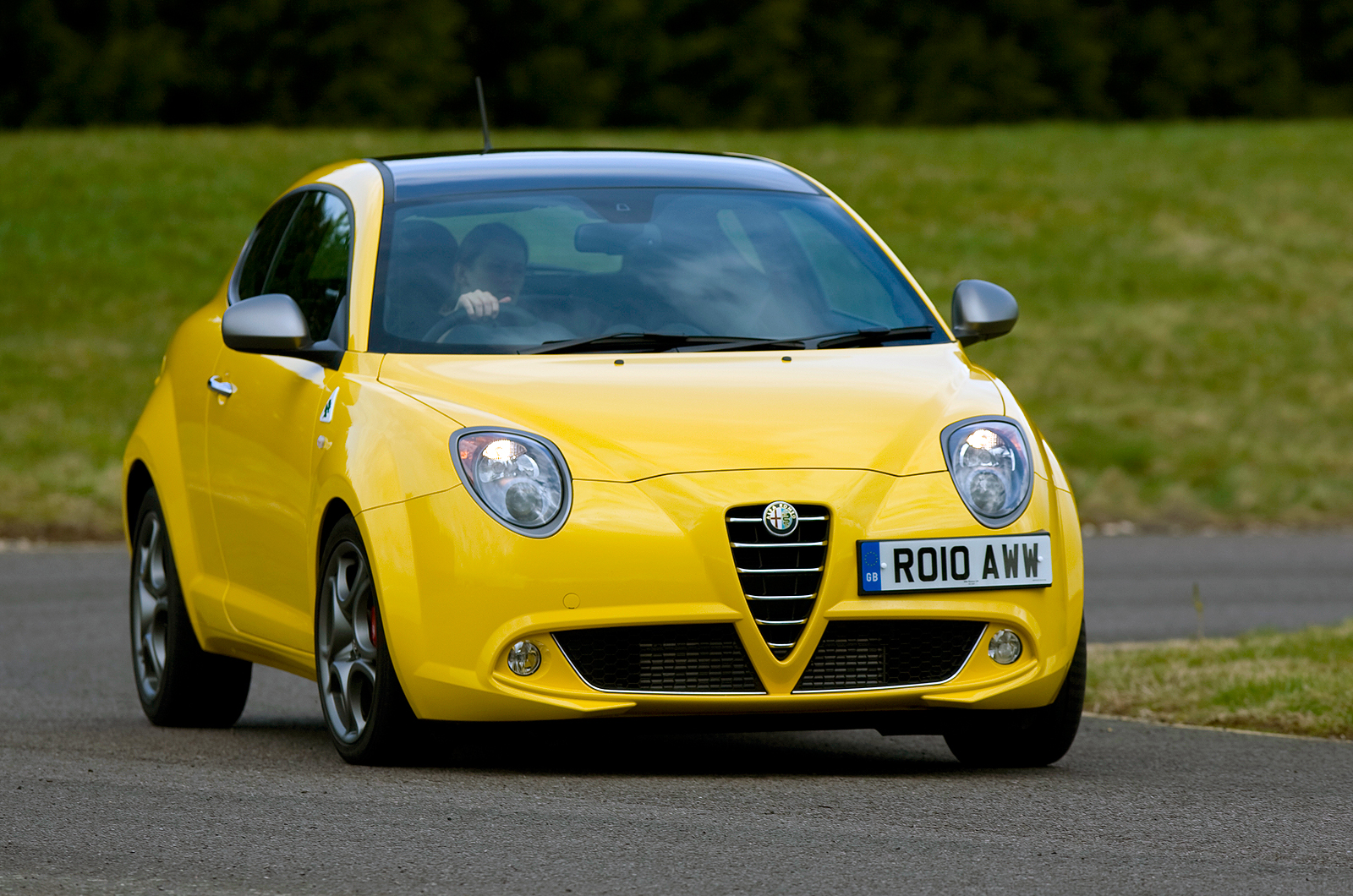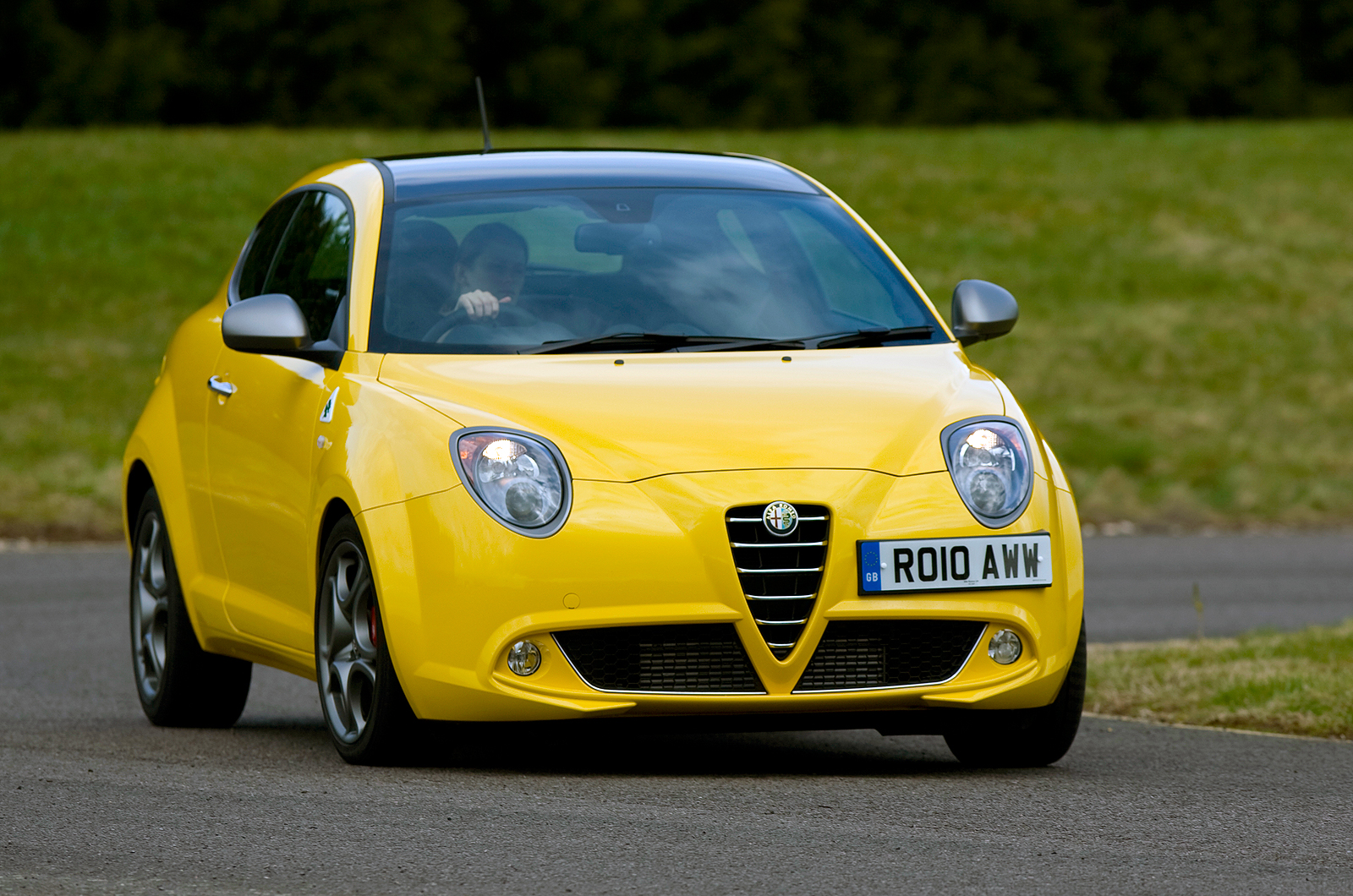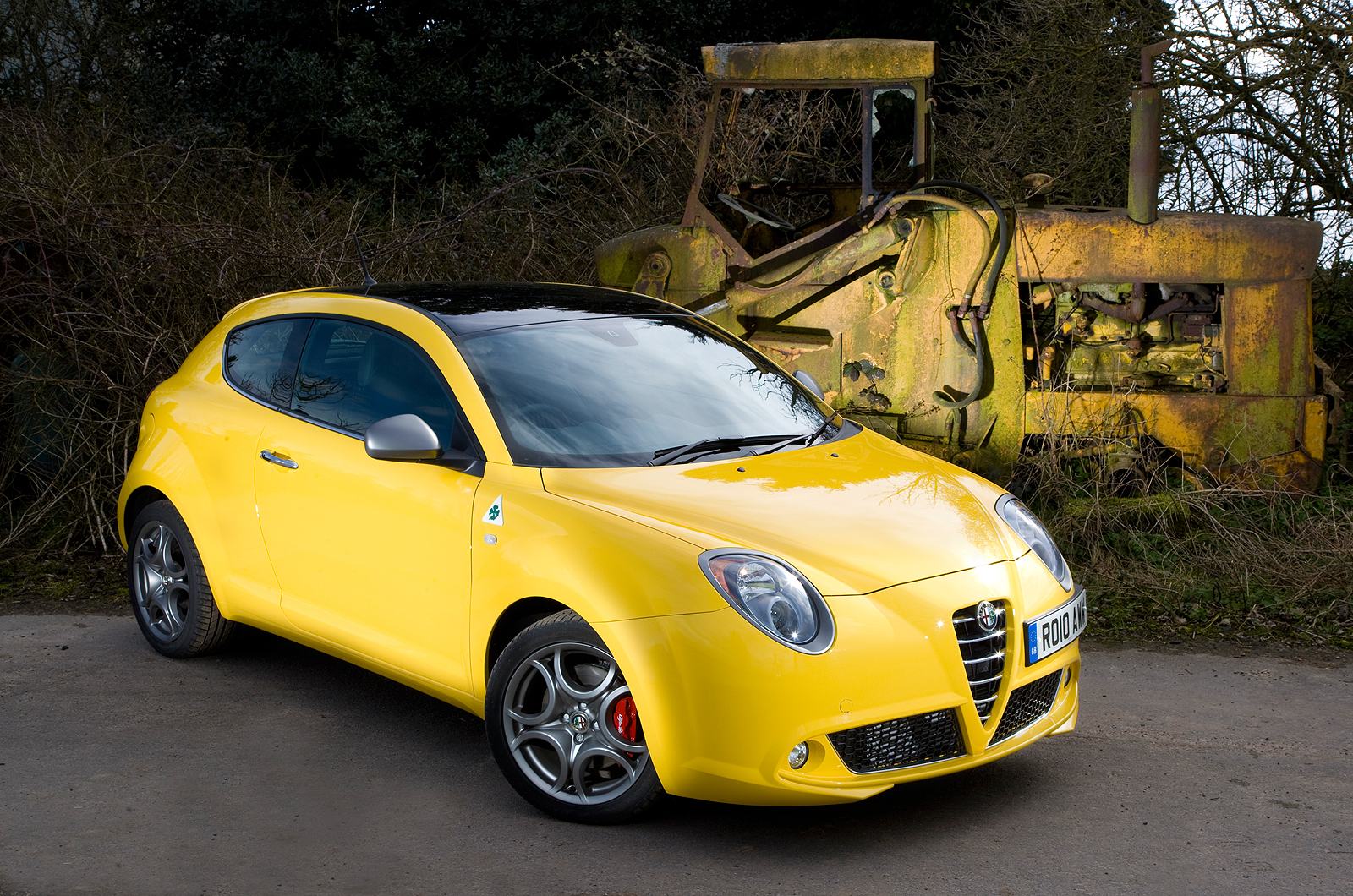The Mito Multiair’s abilities in this area really set it apart, not only for outright pace but also for the flexibility and economy provided by the new generation of Alfa Romeo engines – particularly this range-topping, 168bhp, turbocharged model.
The variable air intake technology means that you can use fifth gear at 30mph around town at just over 1000rpm and the engine never feels as if it is about to stall,; it still offers acceleration. In this respect, the Mito is class-leading.
We managed an average of 7.9sec to 60mph in wet conditions over two runs with two passengers, and although that hardly sounds quick by today’s standards, the Mito Cloverleaf always feels like a rapid car when you want it to. From 30mph to 70mph it is just 0.3sec shy of the more powerful Mini Cooper S. There is sufficient flexibility under low loads, but to extract the maximum performance you need to keep the engine spinning beyond 2000rpm, where you can’t miss the sudden surge of acceleration as the turbo kicks in. And there is little point extending it beyond 5000rpm, after which it can become flat and more strained.
Unfortunately, the motor’s abilities are often masked by Alfa’s DNA system. Unchanged from the non-Multiair Mitos, this system offers three settings: Dynamic, Normal and All-weather. On the Cloverleaf, the throttle, steering and dampers are altered depending on which mode you select, and it is the throttle response that causes most frustration. In normal mode, it is very spongy and requires a lot of travel before the engine finally responds. Dynamic mode improves it dramatically, with a much more immediate response that is easier to modulate. Why the throttle response isn’t always in this setting is a mystery.
A short-shift, six-speed gearbox brings significantly more driver reward thanks to its precise changes. The ratios are well chosen for a car destined to cover the many tasks of a hatchback, and although there is a low grumble from the engine, which will be doing at least 3000rpm at motorway speeds, the cabin is a quiet enough place to be at all times.




